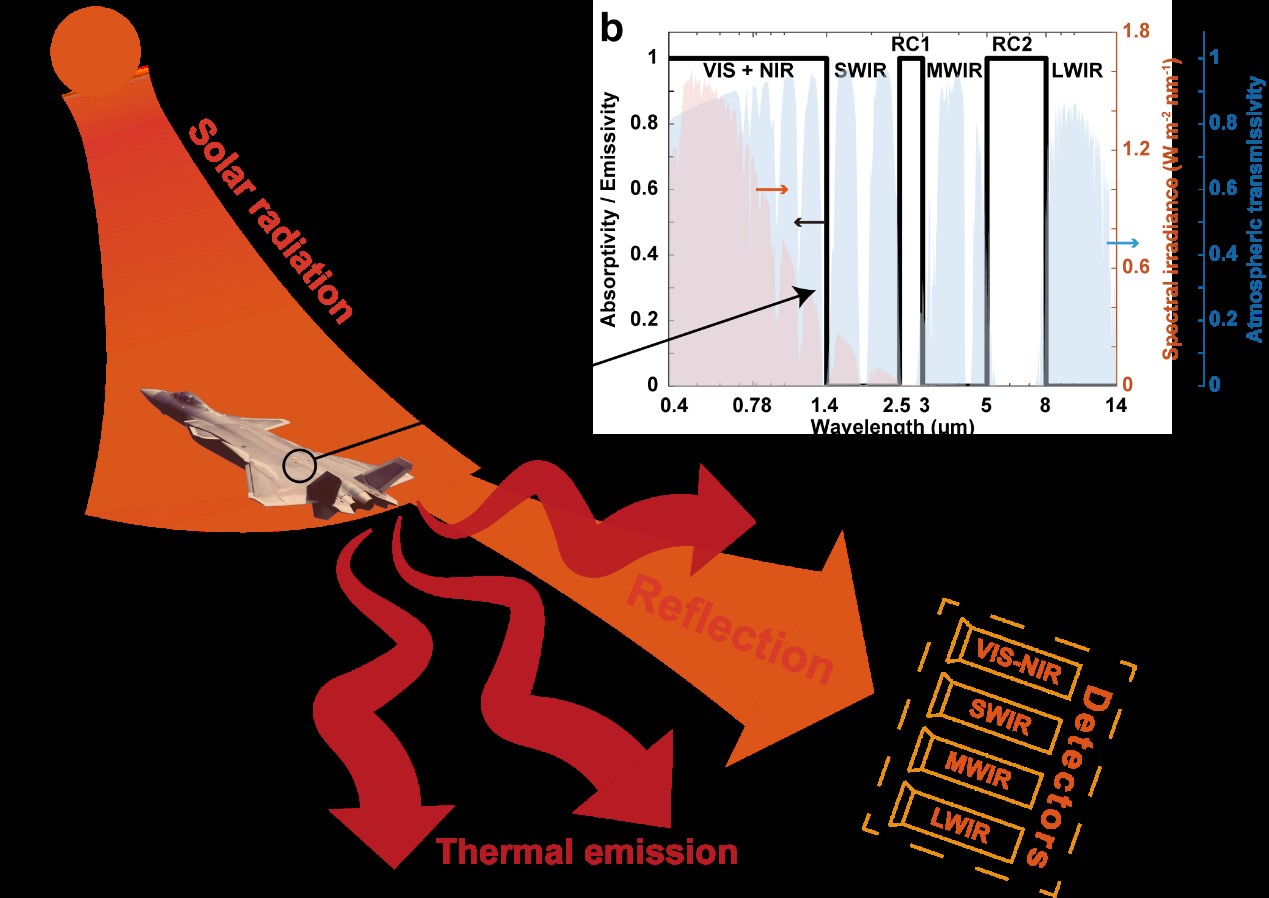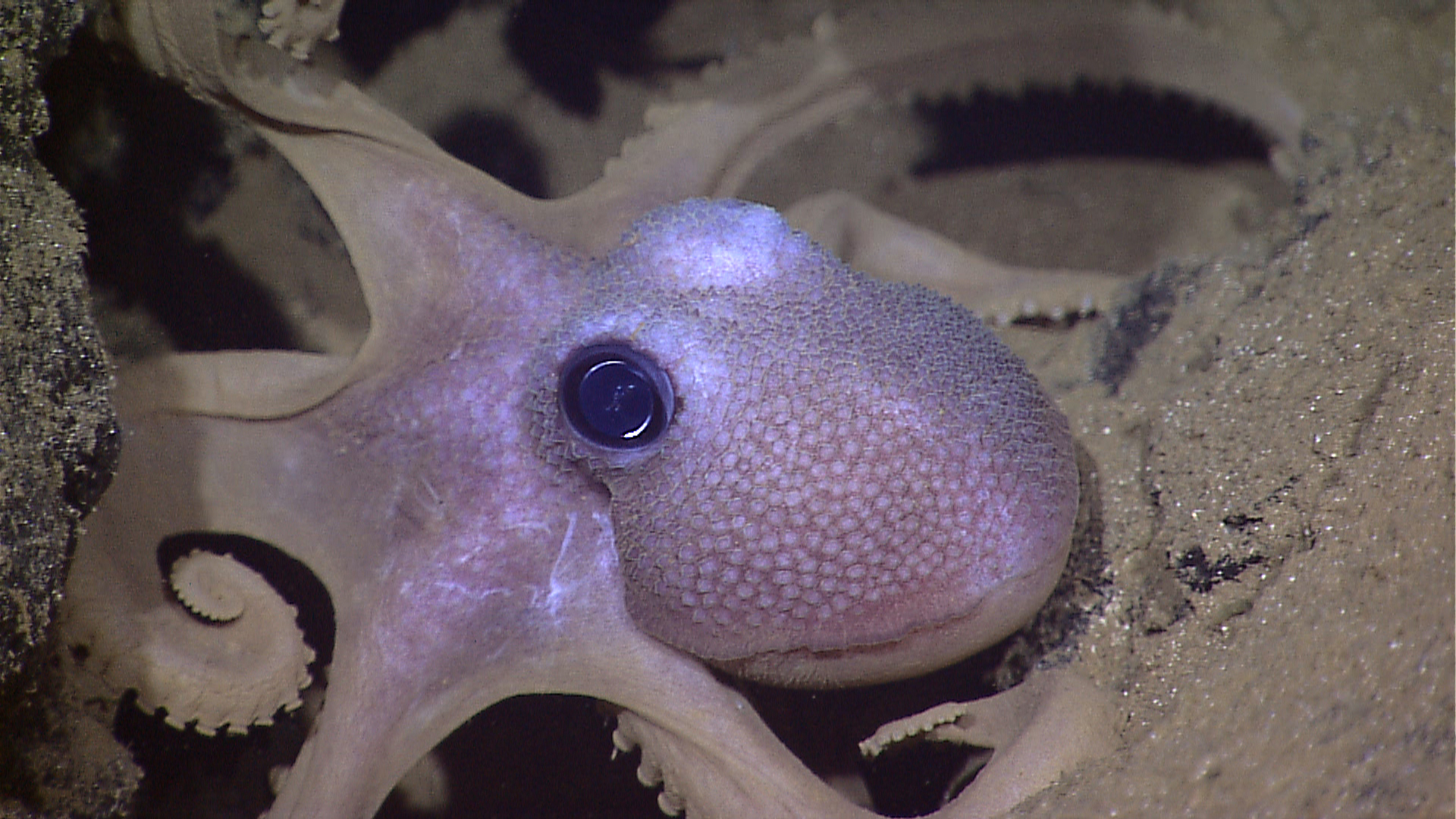Advanced multispectral detection technologies have emerged as a significant threat to objects. To address the challenge, scientists in China proposed a whole-infrared-band camouflage device (covering the NIR, SWIR, MWIR, and LWIR bands), which exhibits remarkable camouflage performance against thermal emission and solar radiance.


